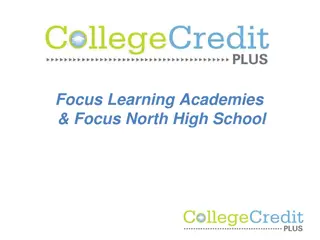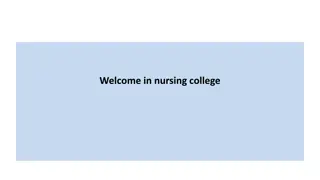Strategic Online Course Revitalization Project at St. Petersburg College
St. Petersburg College's journey through the years with online course development and challenges faced, culminating in a strategic plan for course revitalization. The project involves aligning goals, faculty preparation, team structure, and best practices to enhance course quality and student experience. Key strategies such as Quality Matters (QM) adoption, faculty involvement, and collaborative course design are central to the project's success.
Download Presentation

Please find below an Image/Link to download the presentation.
The content on the website is provided AS IS for your information and personal use only. It may not be sold, licensed, or shared on other websites without obtaining consent from the author. Download presentation by click this link. If you encounter any issues during the download, it is possible that the publisher has removed the file from their server.
E N D
Presentation Transcript
ONLINE REVITALIZATION STARTS WITH QM Vicki Westergard St. Petersburg College 10/6/2024
Identify SPC's challenges and goals for the course revitalization project and how they relate to your project Compile best practices for your institution from SPC's strategies, faculty preparation, process, timelines, team makeup, results and next steps Gather ideas for new approaches as participants share what they are doing TODAY S OBJECTIVES
First FIPSE grant in 1999 Project Eagle Centralized authority - eCampus Established expectations 50 courses created 3000 students enrolled SCENARIO IN THE YEAR 2000
Final Project Eagle grant ends Gen Ed deans established in 2006 Authority decentralized Expectations questioned 450 courses 31,000 students in 2010 SCENARIO IN 2010
600+ courses 32,000 students Quality varies Inconsistent accessibility No expectation of collaboration, consistency, conformance No maintenance of courses planned Faculty concerns about peers grasp of technology CHALLENGES IN 2014
Committee focus on course design process and standards, faculty preparedness, services, organization 80 faculty and staff 3 months Recommendations included: Adopt QM Require training ID team assists in course creation Plan for course maintenance ONLINE REVITALIZATION PROJECT
One or two faculty SMEs per course Team members involved in ID complete APPQMR Collaboration expected among teaching faculty Start with the course outline, not with a review of existing course content Faculty don t touch the course during development Informal QM reviews only during development OUR STRATEGY
Team assembled: 5 Instructional Design Specialists 4 Instructional Design Technicians 2 Videographers 1 graphic designer 1 course assistant CHANGE COUNTDOWN 3
Required training no grandfathering APPQMR Developing an Online Course Peer Reviewer Course Plus Faculty Certification for MyCourses (aka D2L) Unexpected benefits of QM training Dean and Faculty Aha! moments Course outlines appreciated CHANGE COUNTDOWN 2
Standard Course Documents MLO Worksheet Course Design Document Module Design Documents Schedule set 5 courses/5 IDS Duties defined, paperwork created Tracking for process, informal reviews and completion CHANGE COUNTDOWN 1
Peer reviewers established Paperwork complete for Content Experts Ability to QM review a solo-developed course announced Plan in place for Course Coordinators post- development Kick-off meetings held First rounds begin in April 2015 WE RE READY!
Content Expert offends those who are not called Content Expert Changed to Development Facilitator (DF) Rules Schedules are made to be broken Course is scheduled, but DF isn t ready DF is ready but the course outline changes are not approved DFs and reviewers can t work over summer break Culture shift takes time and patience UNANTICIPATED SPEED BUMPS
Design document redundancy Team building & communication need guidance Simplify the hoops for informal reviews QM-ready template needed No official process set for faculty who don t choose to use the standard course A spreadsheet to track the spreadsheets HINDSIGHT PART 1
New rounds of 5 courses start every 3 weeks, one ID Redundancy eliminated Allow ample time for training & paperwork Extra time needed for training & paperwork Budget time for orientations of the courses for teaching faculty Spreadsheet for the spreadsheets Google drive HINDSIGHT PART 2
Setting weekly meetings helps keep the deadlines Closure is good for informal peer reviewers Simple status reports for deans reduce surprises Course coordinators get a guide, plus DF to CC transition meetings Solo-developers need QM review process guidelines and counseling HINDSIGHT PART 3
Best or worst practices: WHAT ARE YOUR STRATEGIES?
Collaborative processes established Continuous improvement expected Disorganization out, Accessibility in 54 standard courses created and launched 38 standard courses in progress Faculty praise for the process CURRENT STANDINGS
QUESTIONS? Vicki Westergard Westergard.Vicki@spcollege.edu 10/6/2024




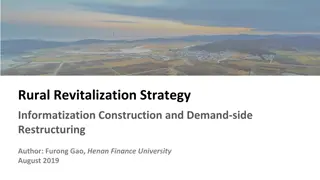

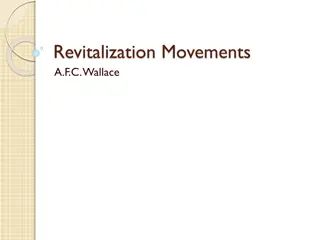






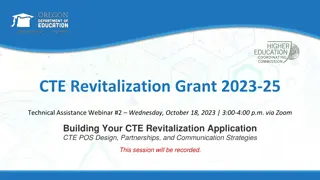
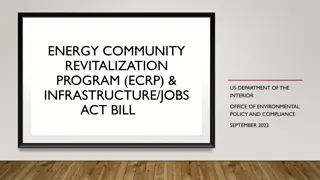
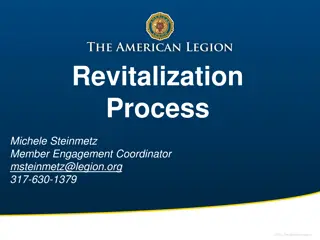

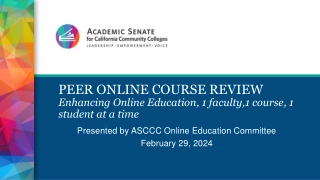
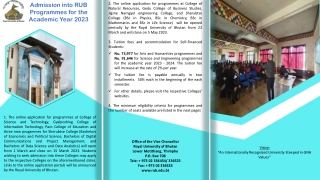



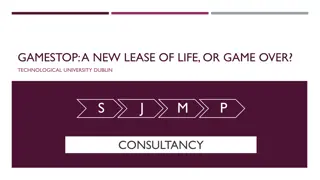
![Project Initiation Document for [Insert.Project.name] [Insert.Project.number]](/thumb/226757/project-initiation-document-for-insert-project-name-insert-project-number.jpg)
